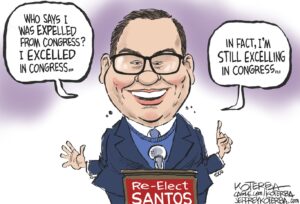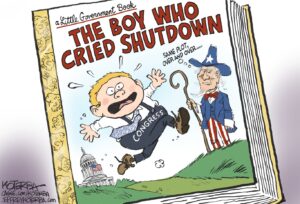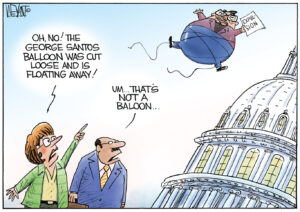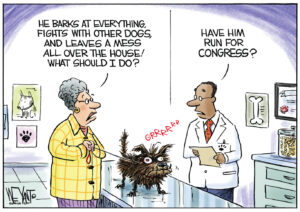Republicans Use Dirty Tricks to Stay in Power
Rolling Stone has investigated the "unrelenting campaign to exploit every weakness and anachronism in our electoral system" that keeps Republicans influential in American politics, and the numbers are really quite startling.
Rolling Stone has investigated the “unrelenting campaign to exploit every weakness and anachronism in our electoral system” that keeps Republicans influential in American politics, and the numbers are really quite startling.
This is the sort of thing you just know, if you follow politics. Constant reports about changing demographics, a Grand Old Party at war with itself, and polls reflecting plummeting popularity don’t really gel with John Boehner’s ability to shut down the government.
“Through a combination of hyperpartisan redistricting of the House, unprecedented obstructionism in the Senate and racist voter suppression in the states, today’s GOP has locked in political power that it could never have secured on a level playing field,” explains Tim Dickinson in Rolling Stone.
Even in the ostensibly blue state of Pennsylvania, Republicans wield outsized influence:
In Pennsylvania, Democratic candidates took 51 percent of the vote across the state’s 18 districts, but only five of the seats. In [Princeton Election Consortium founder Sam] Wang’s model, the odds against Democrats emerging at an eight-seat disadvantage are 1,000-to-1. And Pennsylvania was not alone. According to the Election Consortium analysis, gerrymandering helped Republicans secure 13 seats in just six states – including Ohio, Michigan, Indiana, Virginia and North Carolina – that, under normal rules of engagement, Democrats would have won.
This tilting of the electoral playing field was the result of a sophisticated campaign coordinated at the highest levels of Republican politics through a group called the Republican State Leadership Committee (RSLC) – a Super-PAC-like entity chaired by Bush-era RNC chairman Ed Gillespie and backed by Karl Rove. Shortly after President Obama’s first election, the RSLC launched the Redistricting Majority Project (REDMAP) with an explicit strategy to “keep or win Republican control of state legislatures with the largest impact on congressional redistricting.” The logic was simple. Every decade following the census, the task of redrawing federal congressional-district boundaries falls (with some exceptions) to the state legislatures. If Republicans could seize control of statehouses – and, where necessary, have GOP governors in place to rubber-stamp their redistricting maps – the party could lock in new districts that would favor Republican candidates for a decade. As Rove wrote in a Wall Street Journal column in early 2010: “He who controls redistricting can control Congress.”
— Posted by Peter Z. Scheer
Your support matters…Independent journalism is under threat and overshadowed by heavily funded mainstream media.
You can help level the playing field. Become a member.
Your tax-deductible contribution keeps us digging beneath the headlines to give you thought-provoking, investigative reporting and analysis that unearths what's really happening- without compromise.
Give today to support our courageous, independent journalists.






You need to be a supporter to comment.
There are currently no responses to this article.
Be the first to respond.